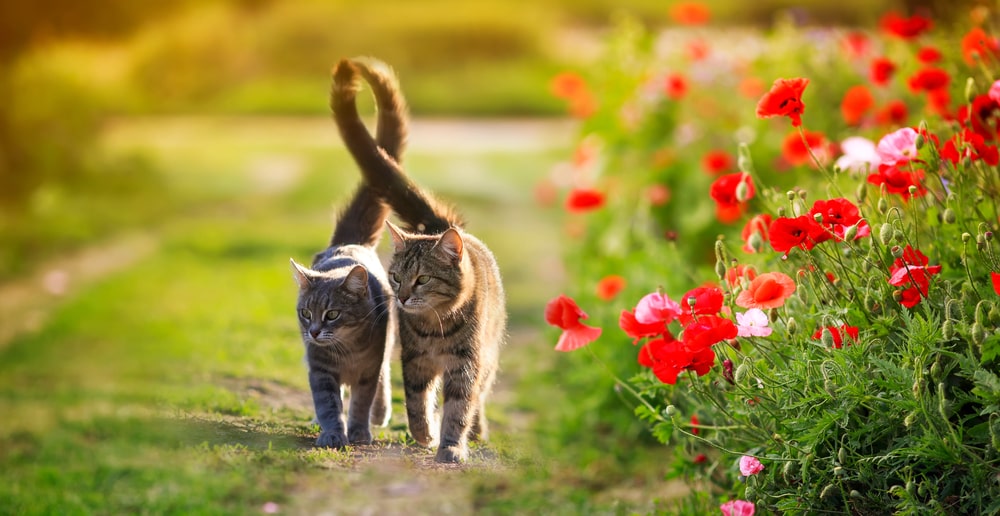And while you’re at it, check for aphids, Japanese beetles, and black spot fungus! It doesn’t matter whether you’re growing tomatoes and cucumbers or zinnias and black-eyed Susans; there are some things you can do now to ensure your gardens are still going strong in September.
Your Garden by the Numbers
1. Make sure you pick the right plant for the spot
I know you love geraniums, but if you have a shady spot, you won’t be happy with what you get (or, more precisely, the flowers you DON’T get). If you have a dry slope, don’t plant Japanese iris, which needs damp soil. Don’t plant an elephant ear if you want a small dainty flowering plant. A neighbor of mine asked for help with her Knock-Out rose. She’d had it two years, and not only did it not bloom, but last summer and, already this year, the leaves were covered with “white film” (powdery mildew). In talking with her, I found that she had planted it on the north side of her house where it had no direct sun.
“Donna, roses need full sun.”
“I know, but I wanted color on the side of the house.” Ah…
2. Pay attention to Mother Nature
If we got a deluge on Monday, chances are you won’t need to water anything on Wednesday—except maybe some smaller potted plants or tiny seedlings. If we had a windy day, check on tall plants to be sure they didn’t get blown over. If they did, tie them back up. If we’ve had a rainy couple of weeks, some plants might need to be fed a few days sooner (excess rain can leach nutrients out of the soil.) And for my neighbor down the street, whose sprinkler is on automatic—turn it off on rainy days!
3. Keep weeds and debris out of your gardens
Weeds and debris provide excellent hiding places for insects and breeding grounds for mold and diseases.
4. Fertilize correctly
Plants need energy to bloom. Adding the correct fertilizer in a timely fashion can help, but get the correct fertilizer for your plants. High nitrogen (the first number on the fertilizer) will give you lush green top growth. That’s fantastic—unless you’re growing tomatoes or marigolds and want flowers instead. Read the label and do precisely what it says—more is NEVER better. Plants can recover from being underfed, but overfeeding might damage or kill the plant.
5. Take a walk through your garden
Admire the new buds on your rosebush, the blossoms on your cucumbers, and the bright new green foliage on your basil. And, while admiring your garden, peek under those leaves to see if any hungry little critters are hiding. Investigate that tiny white splotch on your squash. Is it powdery mildew? Is that dark spot on your rose leaf the beginning of black spot fungus or just a piece of debris? Catching a problem early is one of the best ways to keep your garden healthy.
6. Remember our pollinators
If I have to treat a plant for insects, I apply it just before dark—when bees usually return to the hive for the night. And, if I can hand-pick, I do. Then I don’t have to spray at all.
And the most important thing…
7. Most important of all, sit on your deck or patio and enjoy your garden
Get excited over that first tomato or first bud opening. Cut a bud or two and bring it indoors to enjoy. Take a picture and post it on Facebook. Remember why we do this.
Your Garden Questions Answered
If you have specific challenges you’re unsure how to handle, stop by the Great Big Greenhouse and let us help you. That’s why we’re here.

